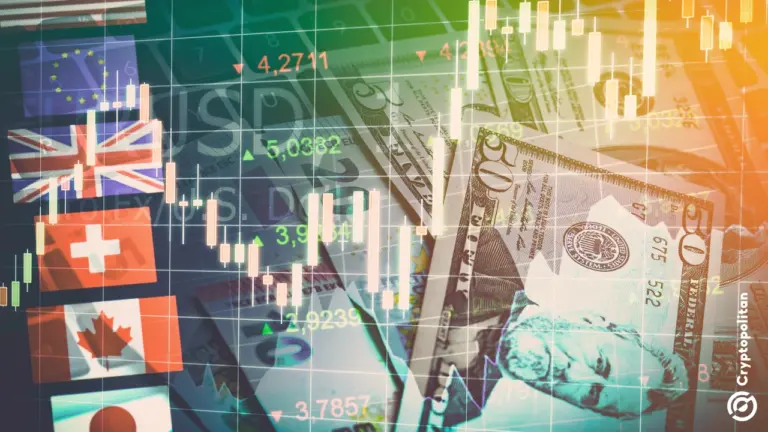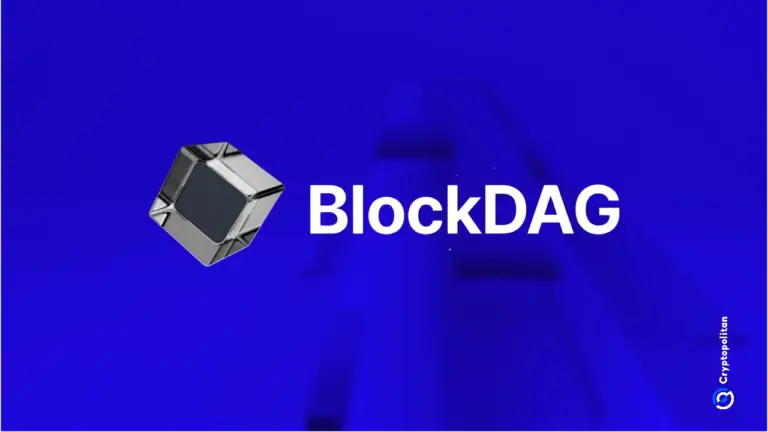Caldera Launches $ERA Token to Power Cross-Chain Internet of Chains
The Caldera Foundation has unveiled its native token, $ERA, marking a major step in its effort to unify blockchain ecosystems through its modular architecture.
The Caldera Foundation has unveiled its native token, $ERA, marking a major step in its effort to unify blockchain ecosystems through its modular architecture.
Built on a dual-layered system, Caldera combines a Rollup Engine used to launch high-performance custom chains on leading frameworks like Arbitrum, Optimism, Base, and zkSync, with a Metalayer protocol that connects these chains into a single, interoperable network. This infrastructure is designed to solve fragmentation by enabling shared liquidity and intent-based cross-chain bridging.
The Caldera Foundation ( @CalderaFDN ) has opened up airdrop pre-claims.
Confirm your allocation on the pre-claims site
— Caldera (@Calderaxyz) July 10, 2025
The $ERA token will serve as the economic engine of the Caldera ecosystem. It will be used for omnichain gas fees, supporting transactions and data movement across chains within the Metalayer. Additionally, $ERA will underpin staking and network security, allowing validators to verify cross-chain messages and secure future subnets, such as those supporting ZK proof generation.
Governance is another core function of the token. Holders will have the ability to propose and vote on Caldera Improvement Proposals (CIPs), including protocol upgrades, grant allocations to ecosystem developers, and elections to specialized sub-councils such as the security council. Initial council members will be appointed by the Caldera Foundation, with future leadership to be shaped by the community through on-chain voting.
To ensure long-term alignment, tokens allocated to early investors and the core team will follow a vesting schedule that includes a one-year cliff and a 24-month linear release period. Full allocation details are available in the foundation’s documentation.
Disclaimer: The content of this article solely reflects the author's opinion and does not represent the platform in any capacity. This article is not intended to serve as a reference for making investment decisions.
You may also like
Digital ruble to add $3 billion to Russia’s economy each year
Share link:In this post: • Digital ruble to bring Russia’s economy $3 billion annually. • Economic effect for Russian firms estimated at $600 million a year. • Analysts warn about losses for the country’s banking system and security risks.

India’s tax office initiates dialogue with crypto sector to set up tax regime
Share link:In this post: India’s tax authority, the CBDT, has asked crypto platforms for input on the country’s new VDA law. Key issues include the 30% flat tax on crypto gains, the 1% TDS on every transaction, the inability to offset losses, and banks’ reluctance to support crypto-related accounts. India is exploring a comprehensive law and global alignment under the OECD’s crypto-asset reporting framework.
Google ups its stake in TeraWulf, sending stock surging 12%
Share link:In this post: Google increased its stake in TeraWulf from 8% to 14% with $3.2 billion in total backing. TeraWulf signed two 10-year AI compute deals with Fluidstack for over 360 MW capacity. The Fluidstack contracts are worth $6.7 billion and could rise to $16 billion with extensions.

Roger Ver’s multi-million presidential pardon deal falls apart before reaching Trump
Share link:In this post: Roger Ver was targeted in a failed $30 million scheme to secure a Trump pardon using fake political connections. Matt Argall and Brock Pierce pitched the deal, demanding $10 million upfront and $20 million after success. The White House denied knowing about the plan, and no payments were made, according to Ver’s lawyer.

